- Downloaded
- 135.2 GB
- Uploaded
- 13.1 TB
- Ratio
- 99.13
- Seedbonus
- 256,237
- Upload Count
- 265 (300)
Member for 9 years
[udemy] Wireless Network Fundamentals Zero-To-Hero
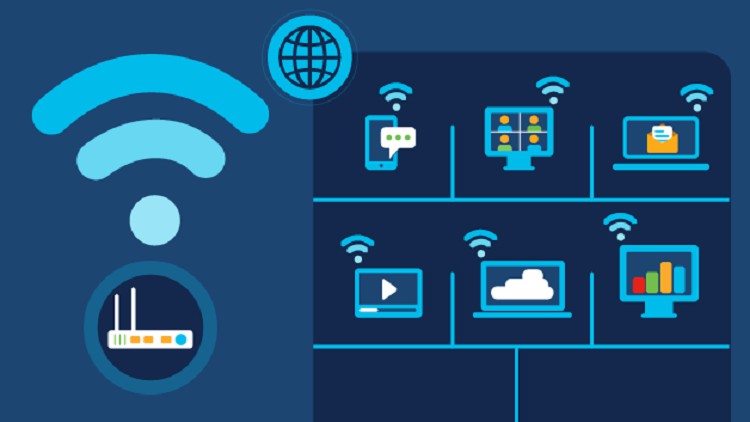
MP4 | Video: h264, 1280x720 | Audio: AAC, 44.1 KHz
Language: English | Duration: 22h 11m | Size: 8.42 GB
Wireless LAN (WLAN)
What you'll learn
RF Signals and Modulation
RF Standards
RF Signals in the Real World
Understanding Antennas
Wireless LAN Topologies
Understanding 802.11 Frame Types
Planning Coverage with Wireless APs
Understanding Cisco Wireless Architectures
Implementing Autonomous and Cloud Deployments
Implementing Controller-based Deployments
Understanding Controller Discovery
Understanding Roaming
Understanding RRM
Wireless Security Fundamentals
Configuring a WLAN
Implementing a Wireless Guest Network
Configuring Client Connectivity
Managing Cisco Wireless Networks
Dealing with Wireless Interference
Troubleshooting WLAN Connectivity
Requirements
This course doesn't have formal prerequisite.
Who this course is for:
Enterprise Network Engineers , Wireless Engineers
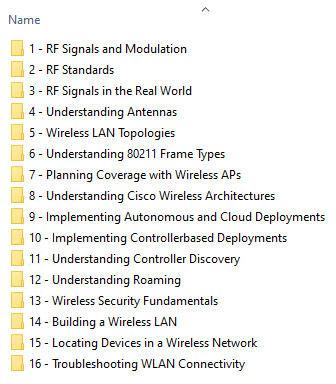
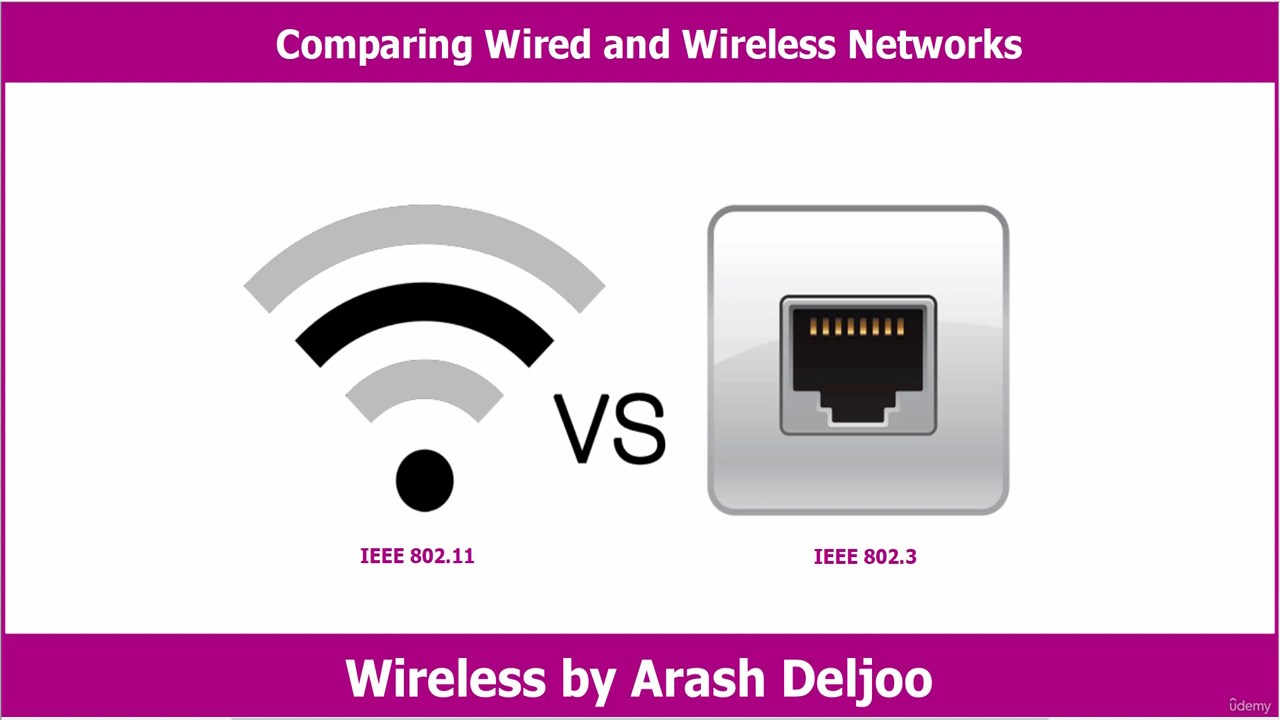
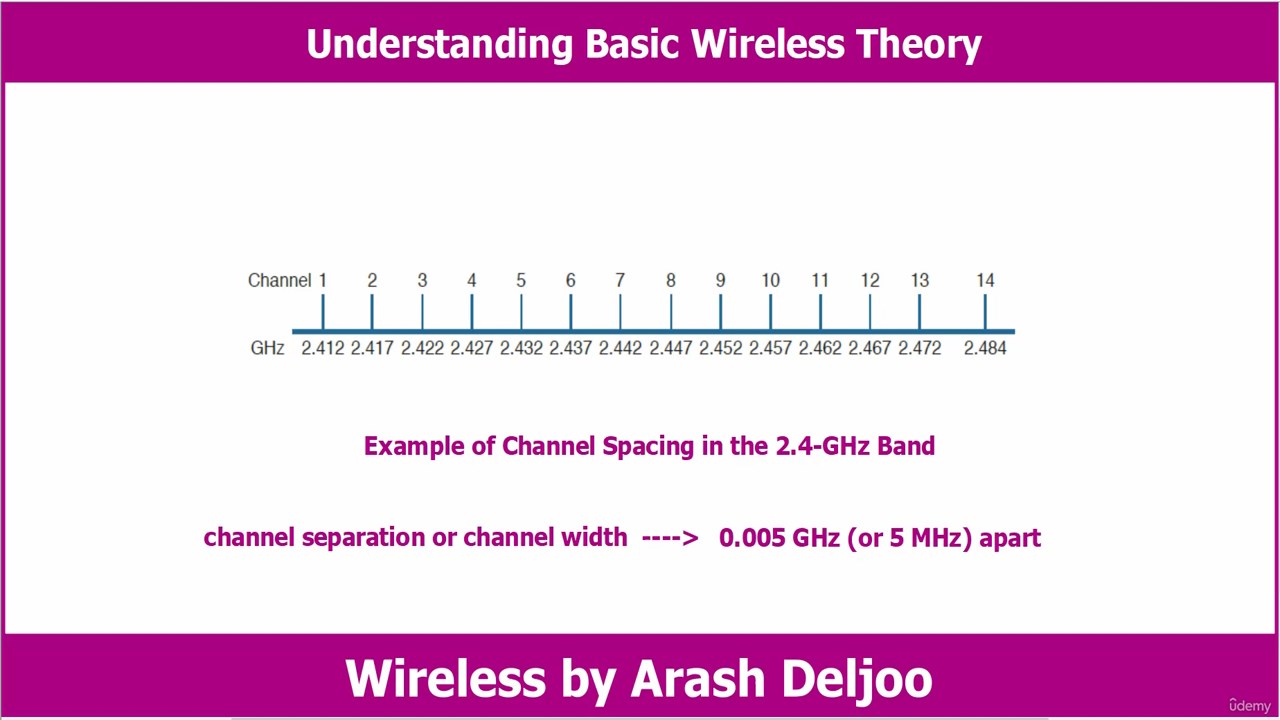
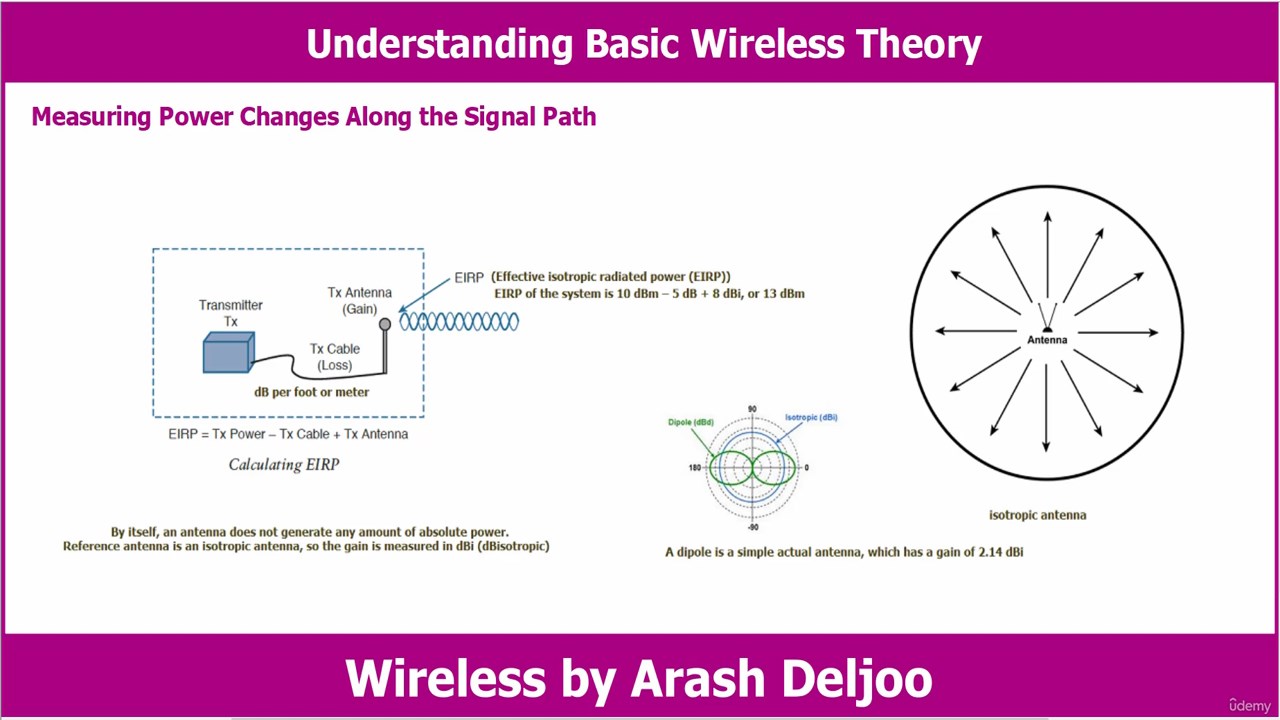
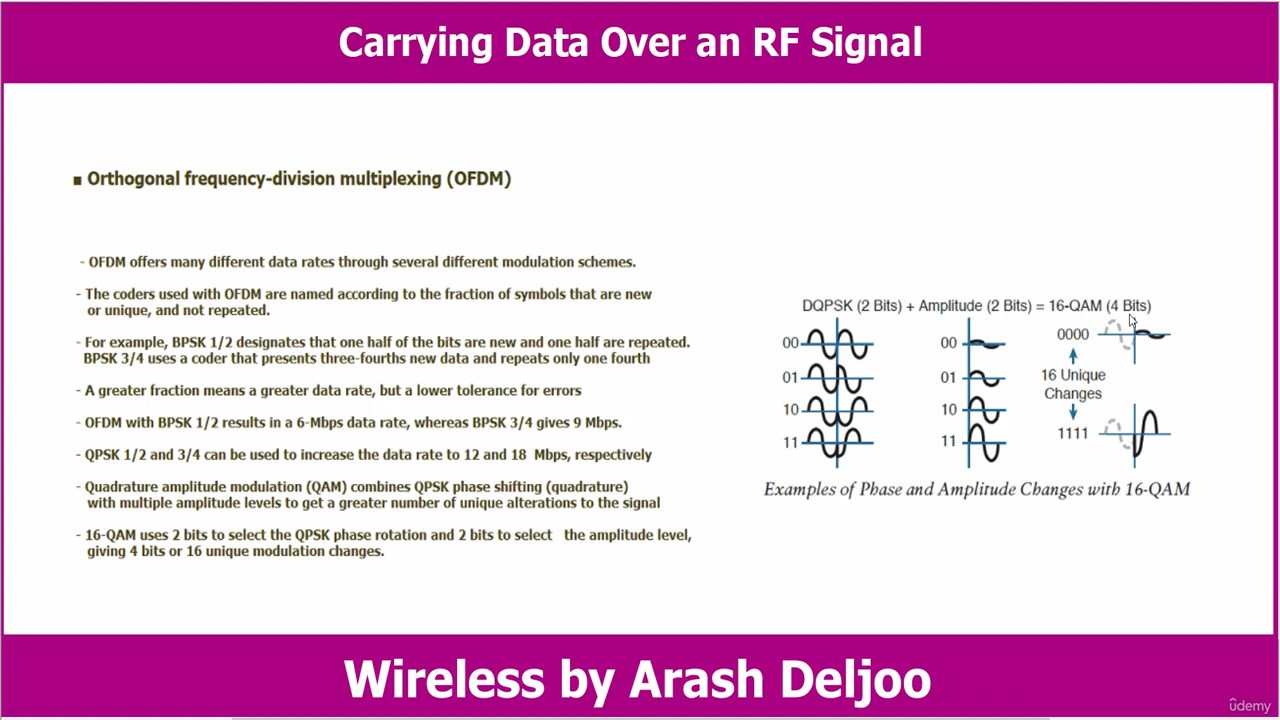
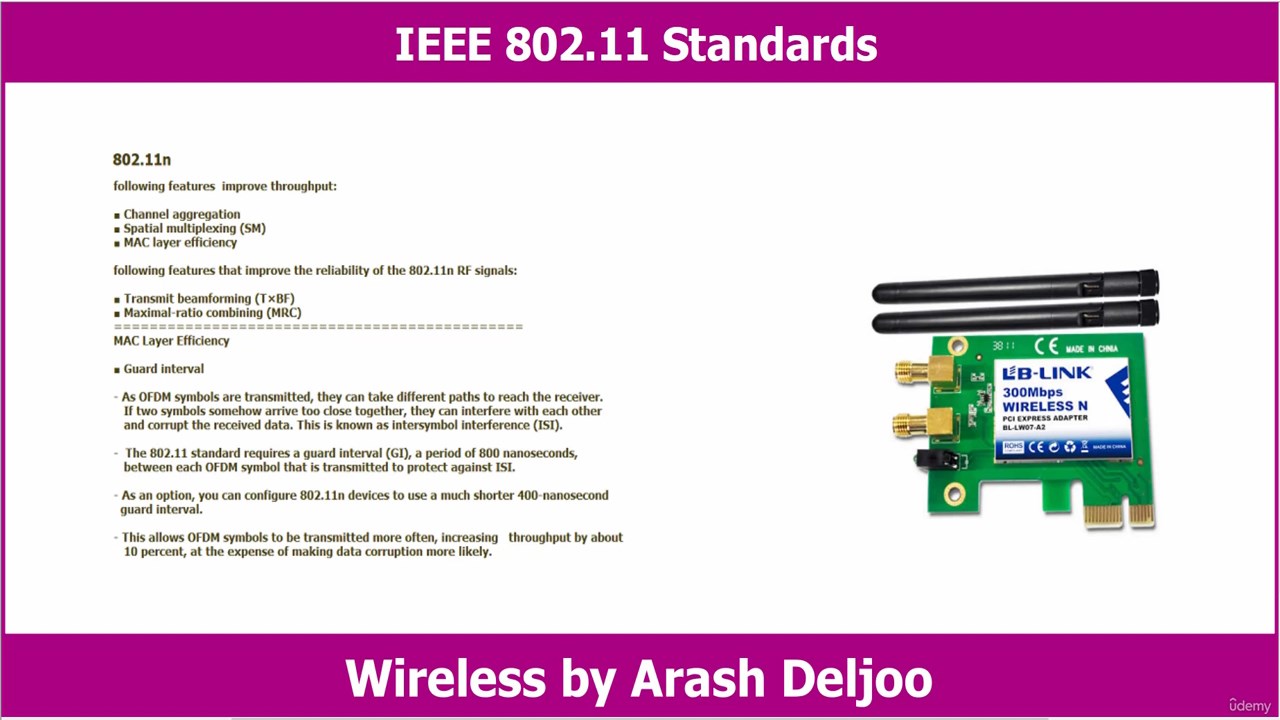
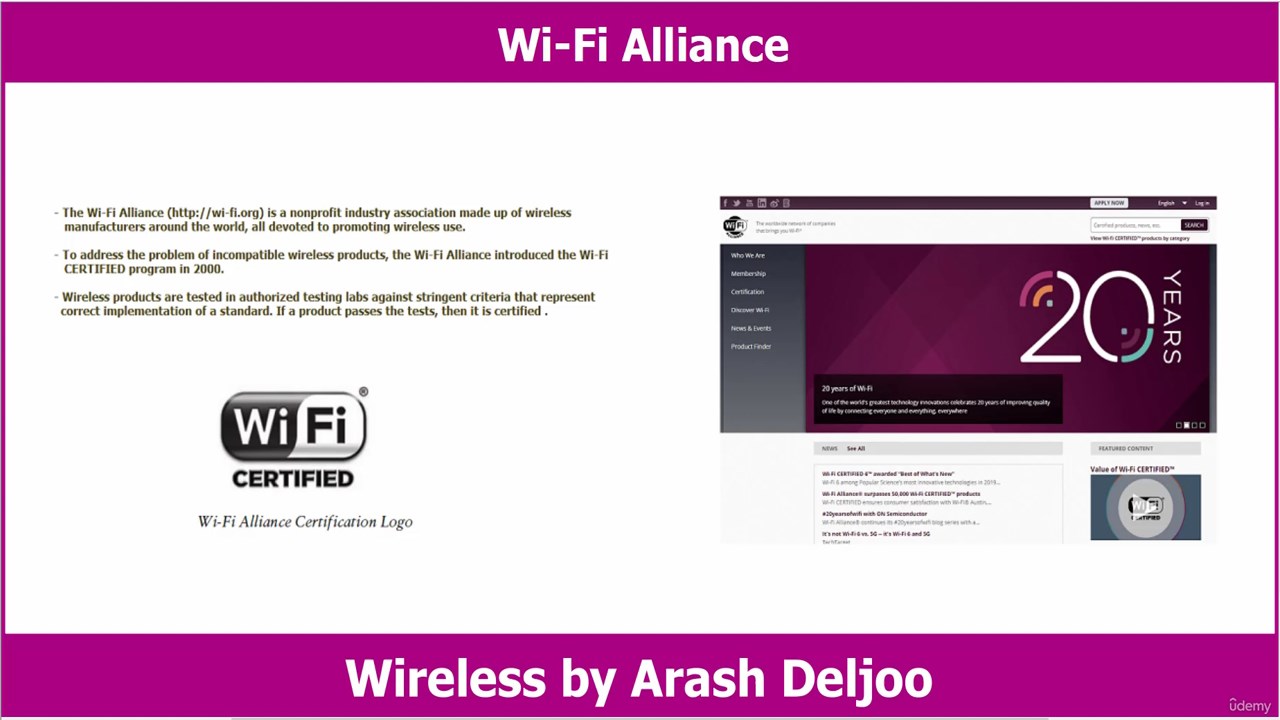
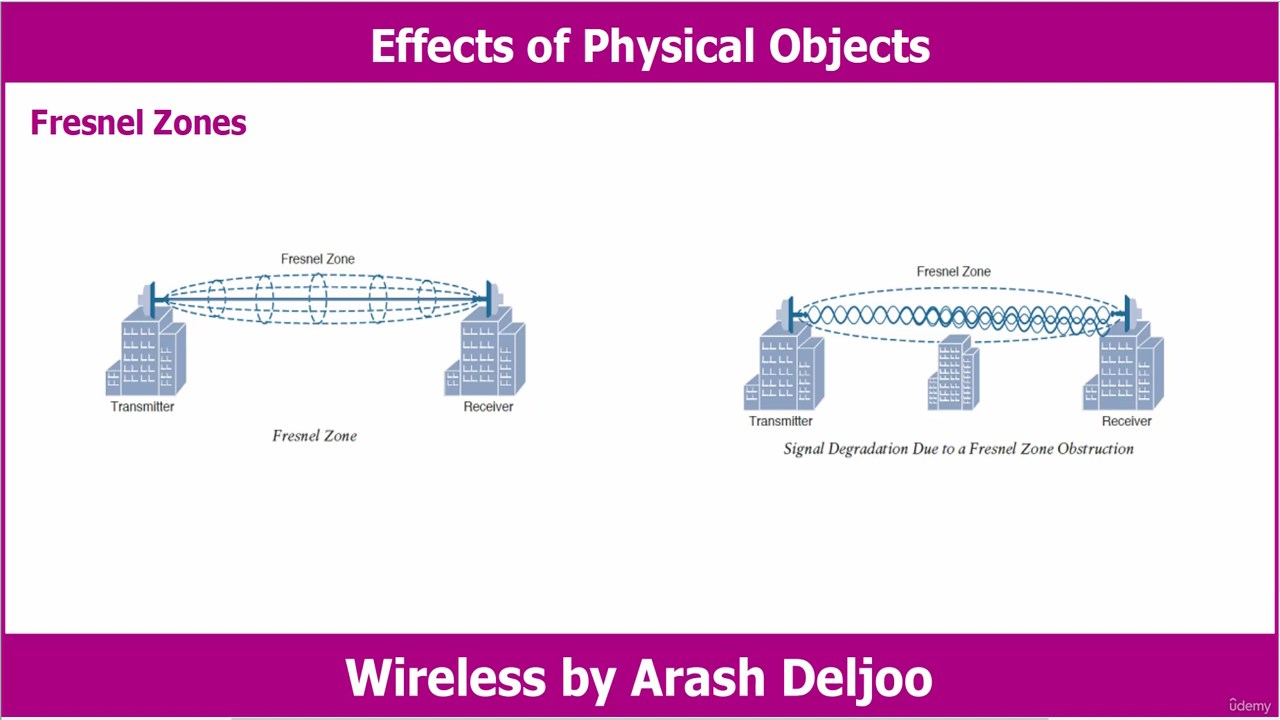
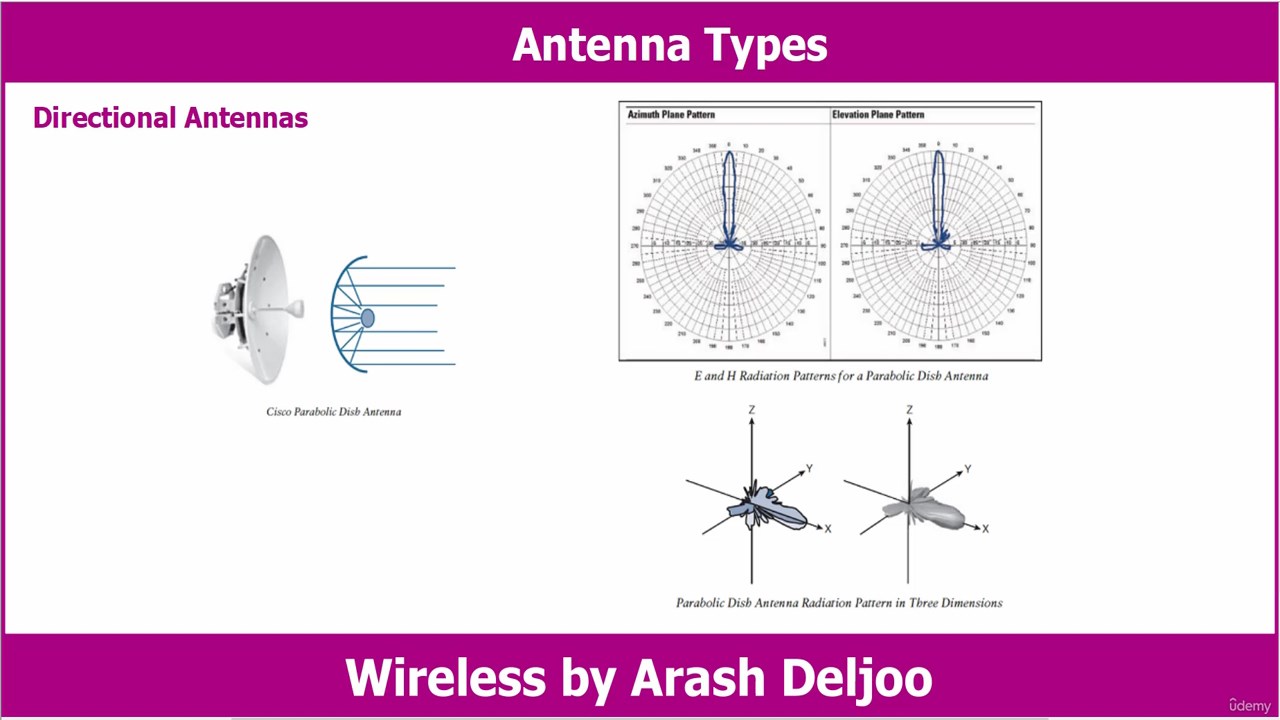
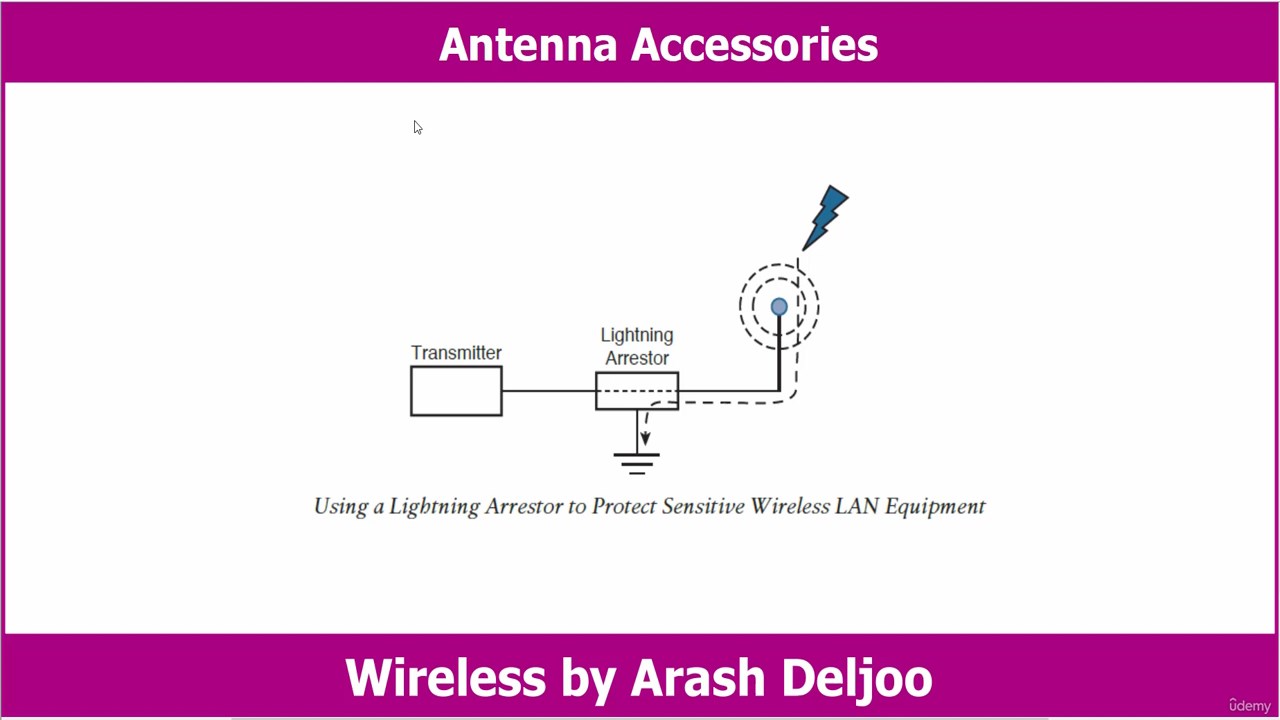
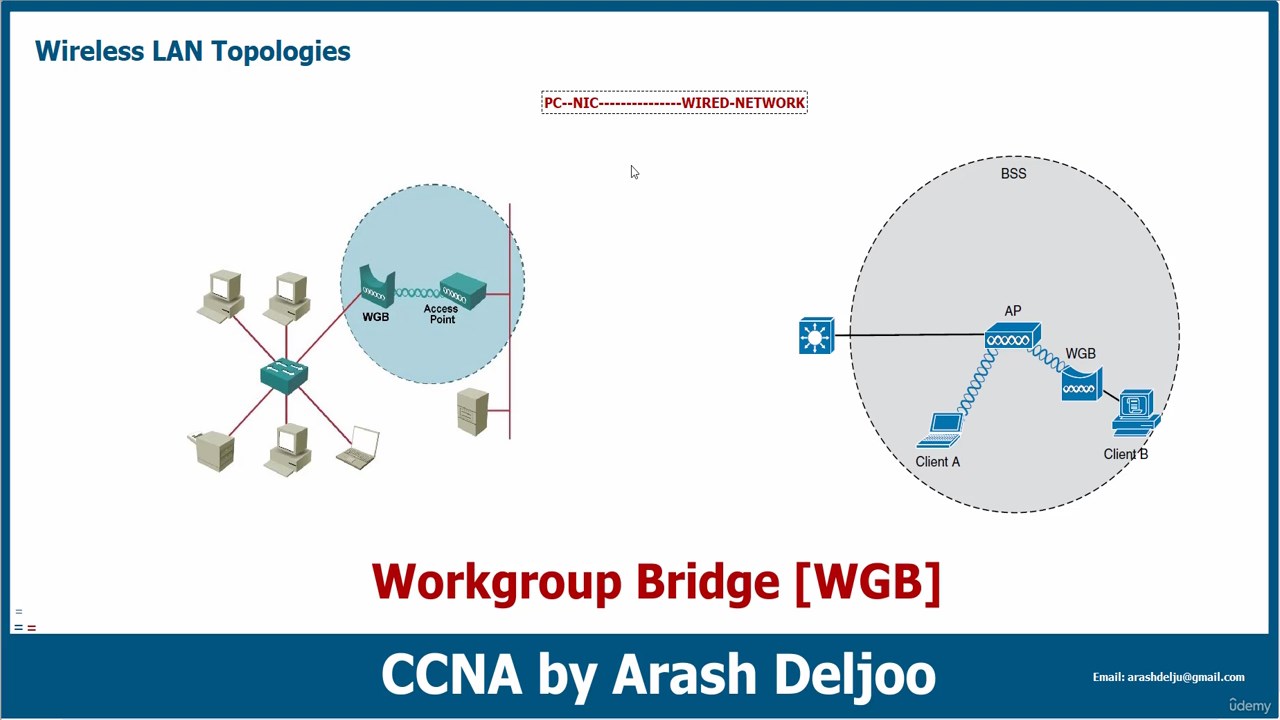

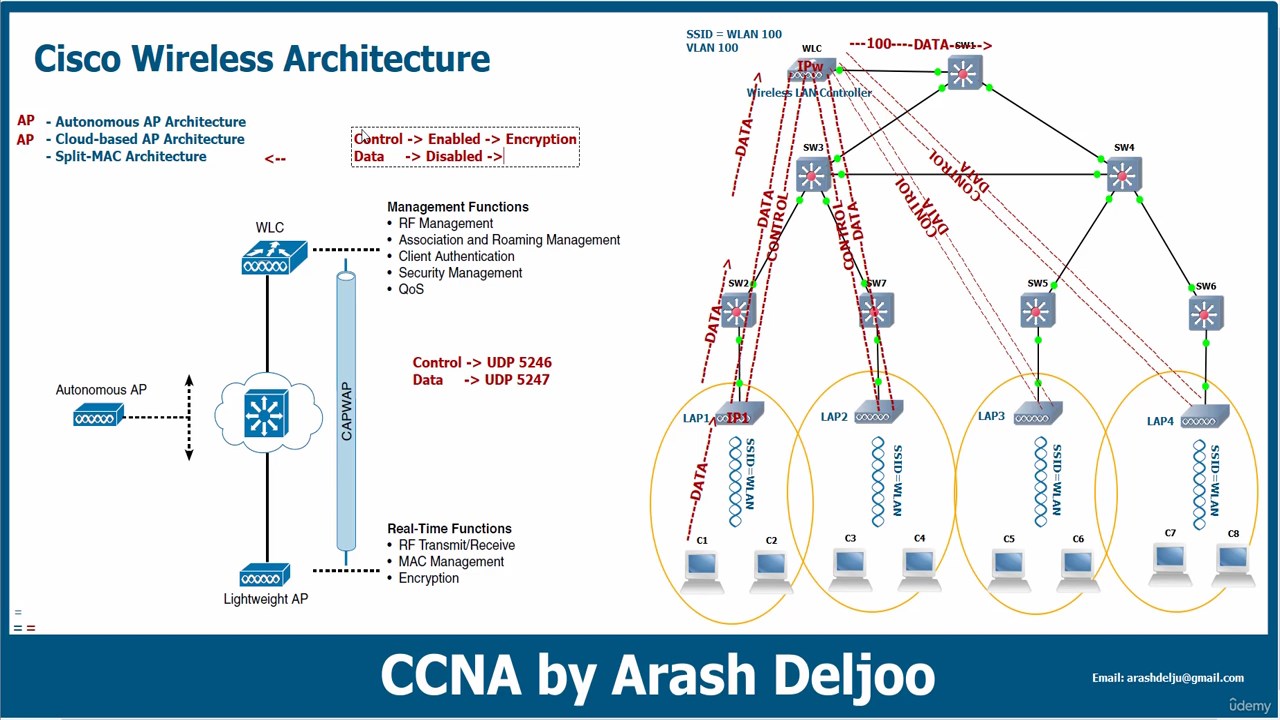
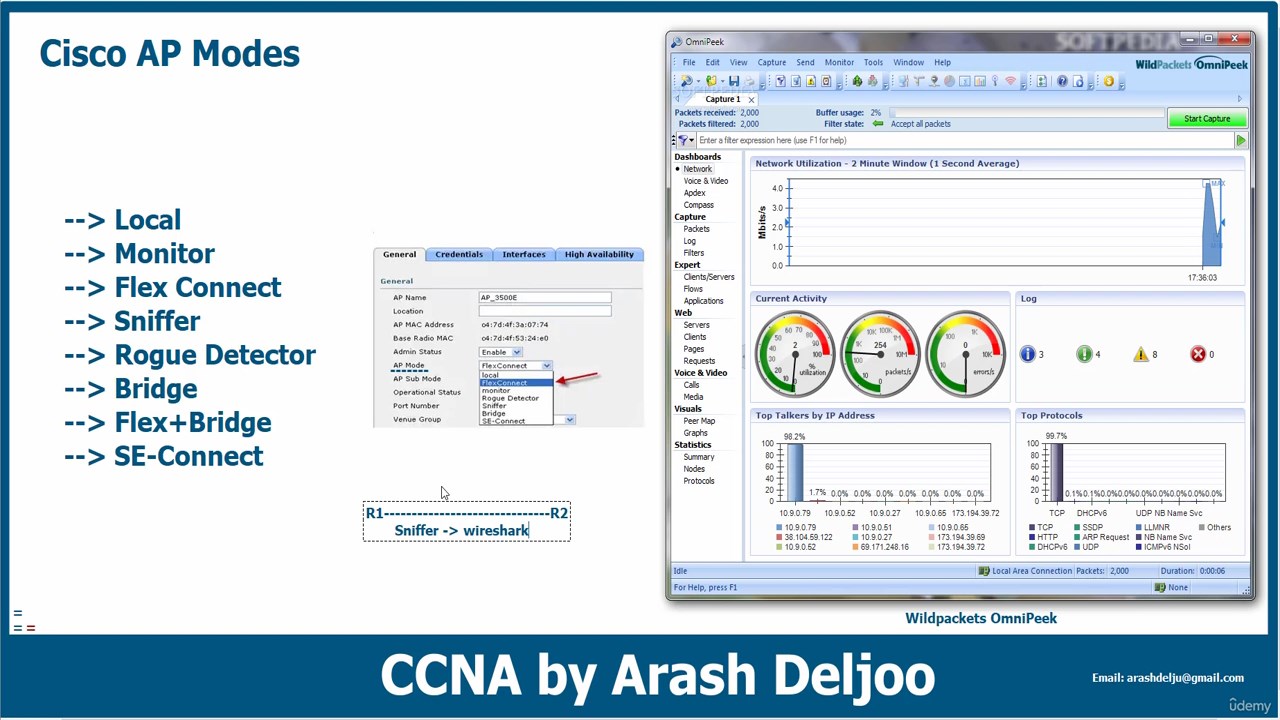
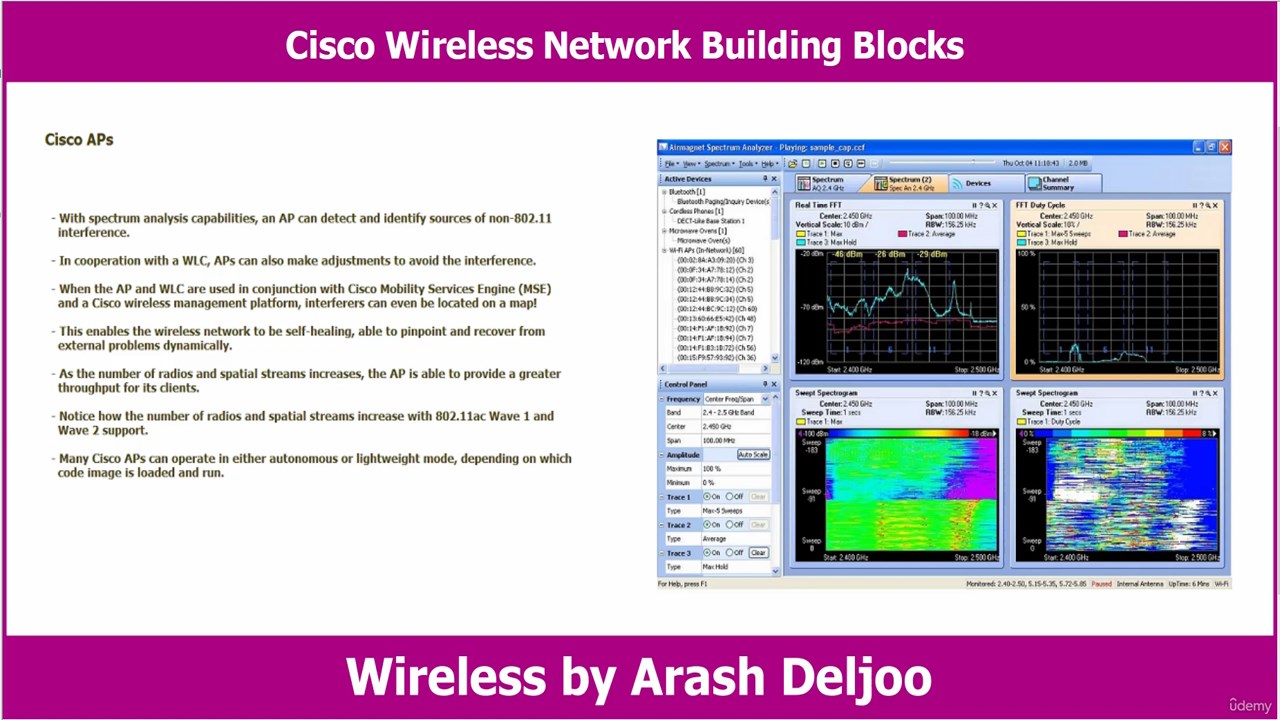
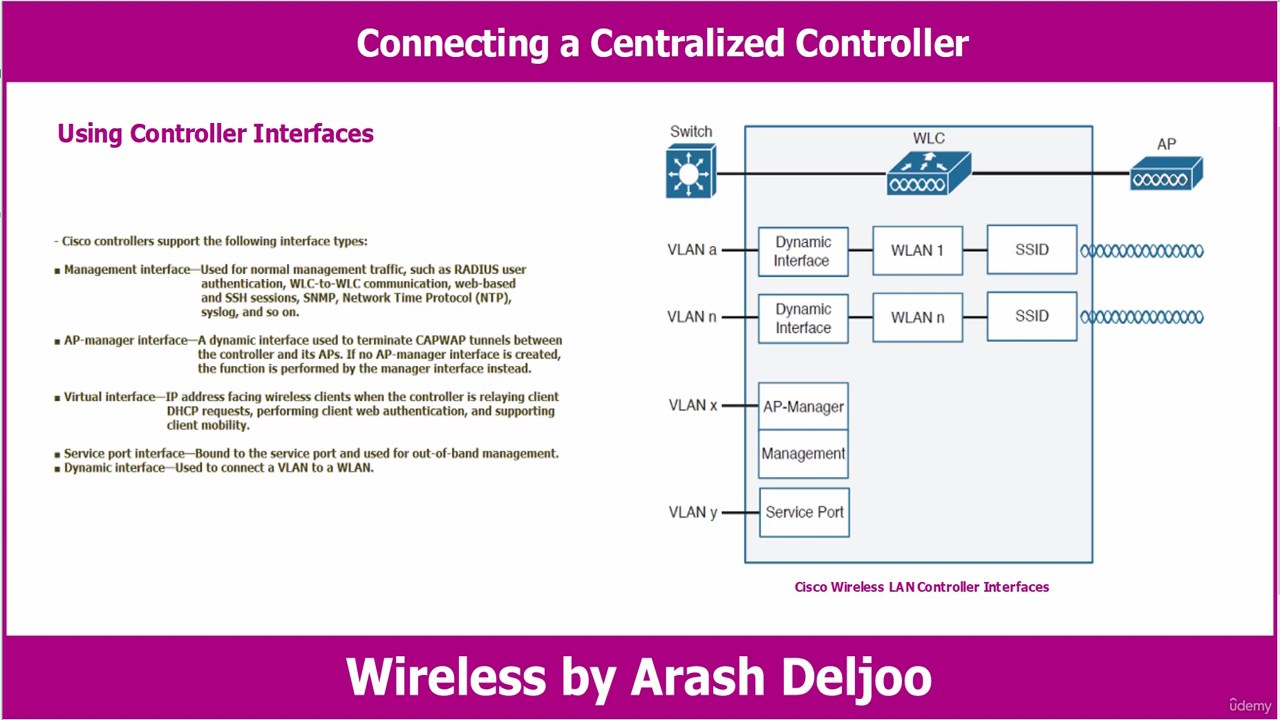
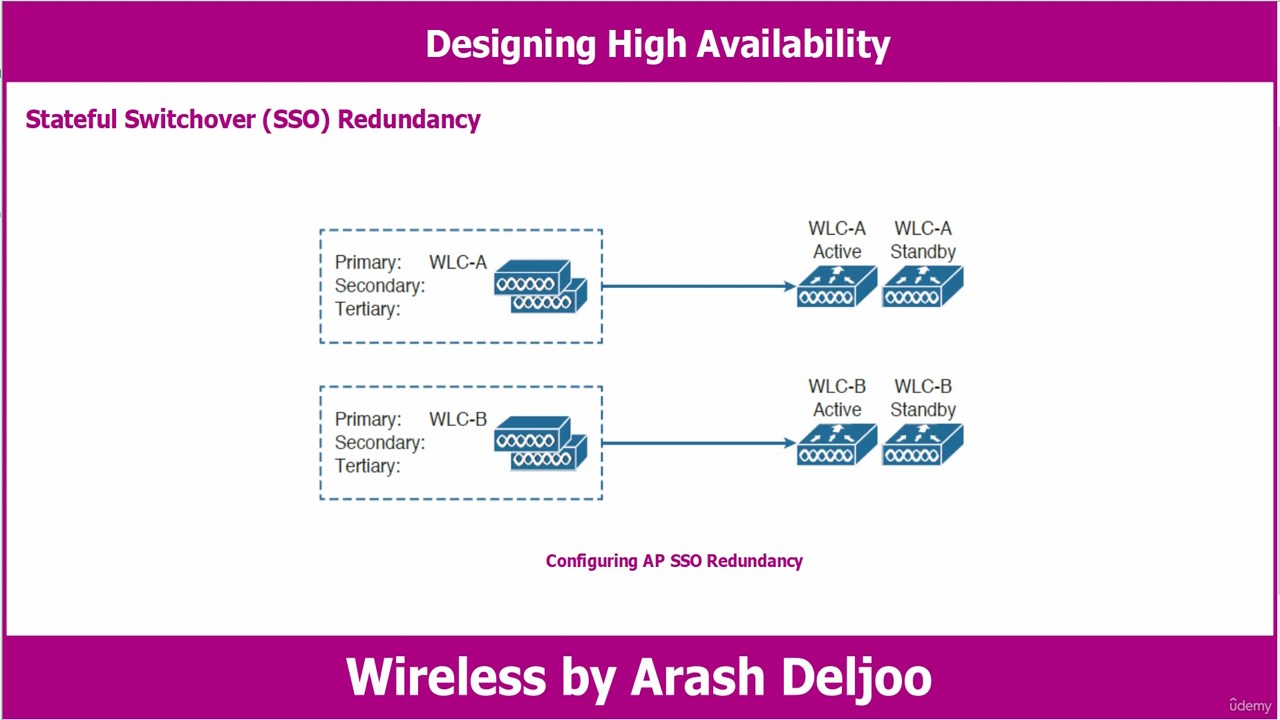
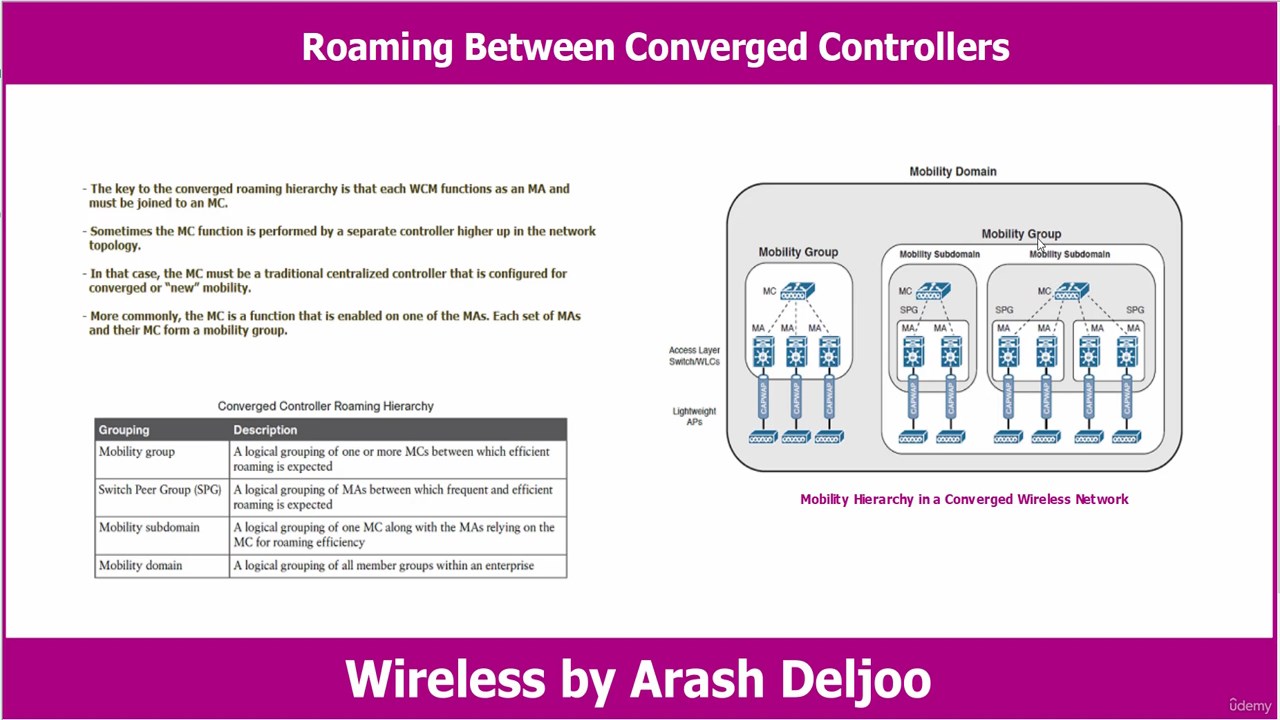
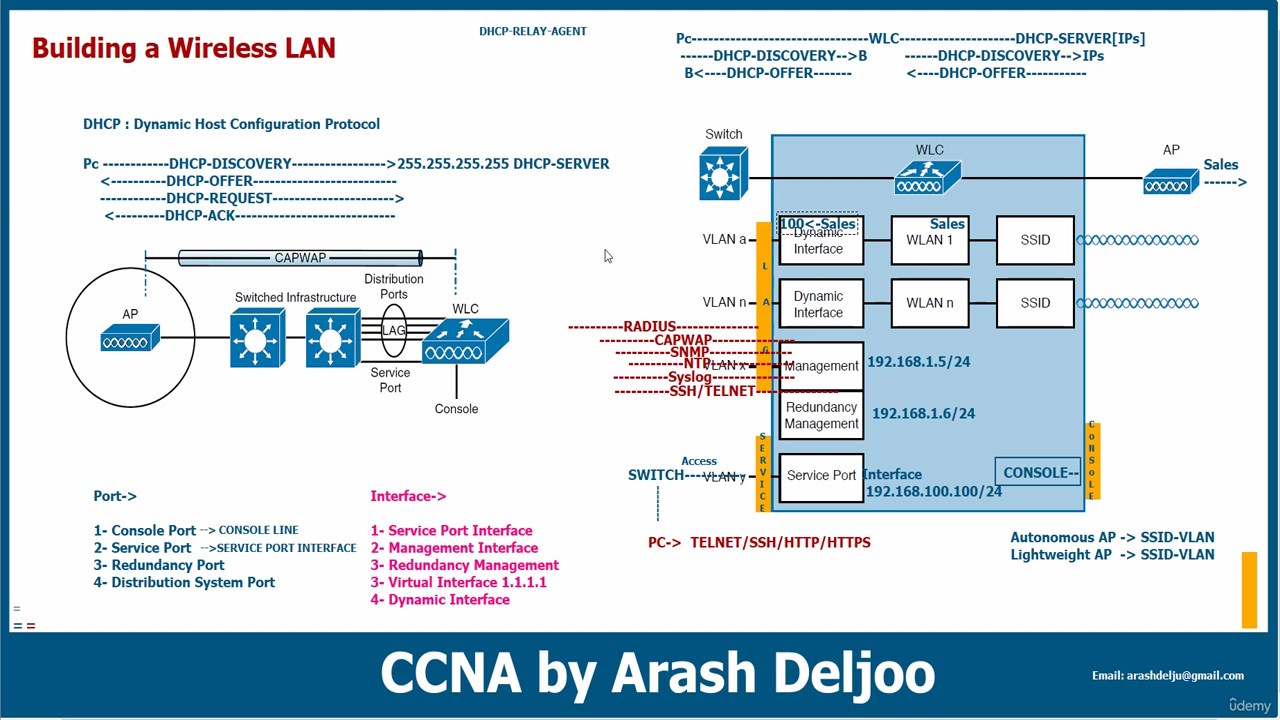
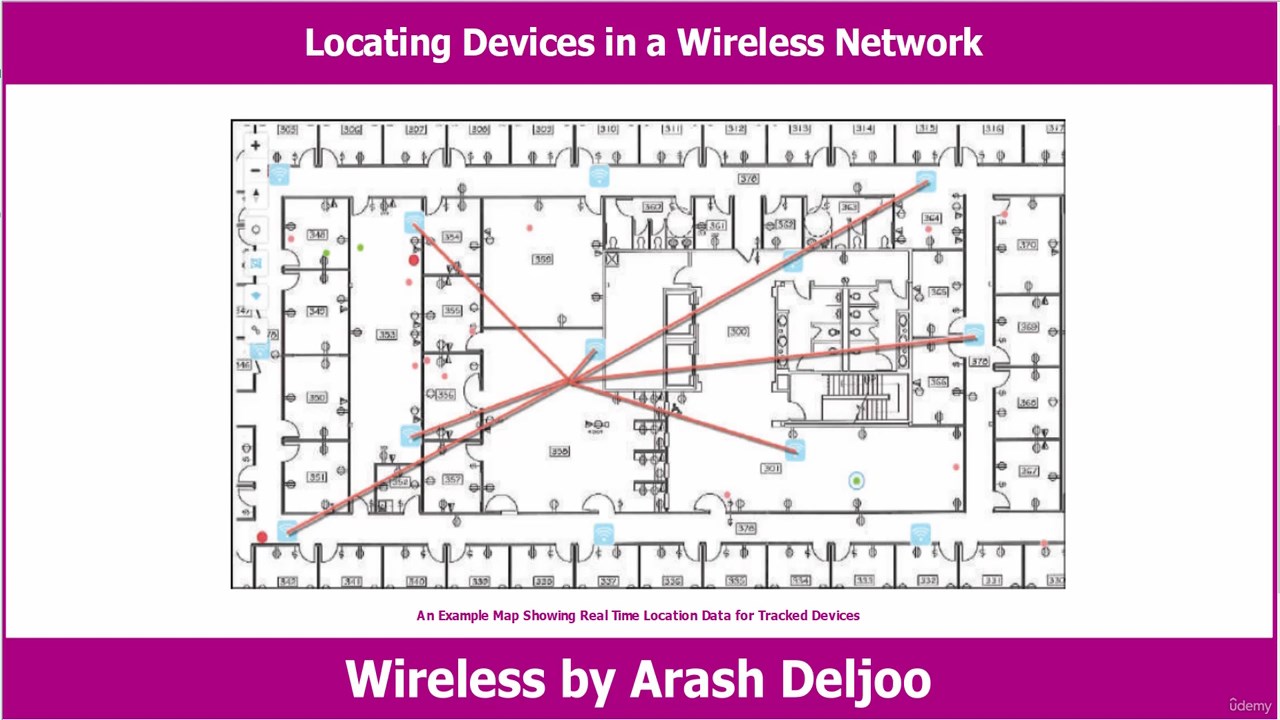

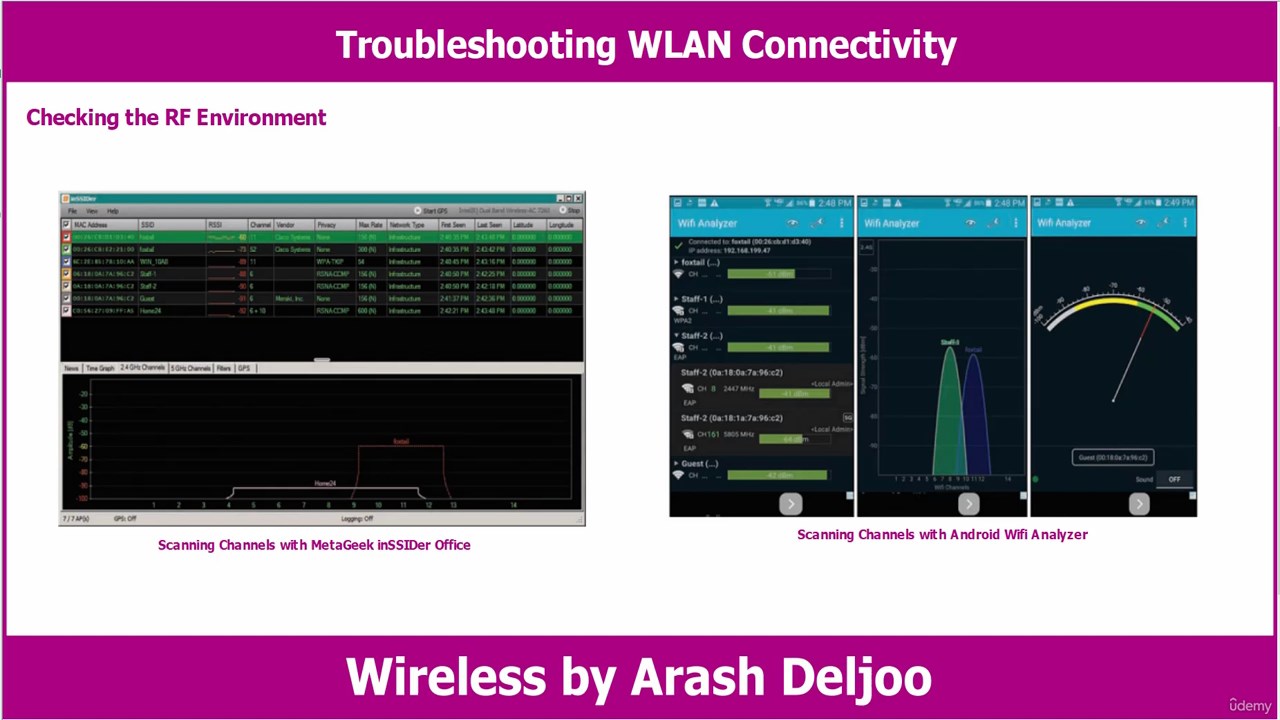
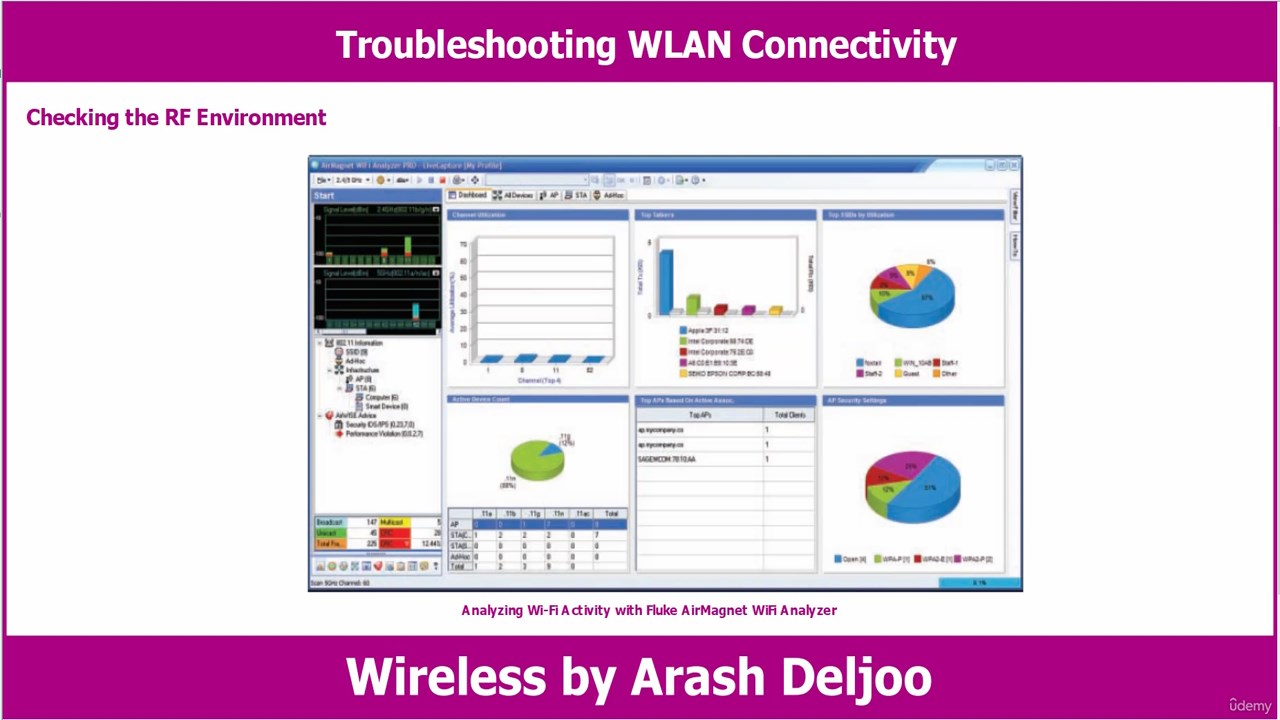
Download
FreeDL
UsersDrive
ClicknUpload

MP4 | Video: h264, 1280x720 | Audio: AAC, 44.1 KHz
Language: English | Duration: 22h 11m | Size: 8.42 GB
Wireless LAN (WLAN)
What you'll learn
RF Signals and Modulation
RF Standards
RF Signals in the Real World
Understanding Antennas
Wireless LAN Topologies
Understanding 802.11 Frame Types
Planning Coverage with Wireless APs
Understanding Cisco Wireless Architectures
Implementing Autonomous and Cloud Deployments
Implementing Controller-based Deployments
Understanding Controller Discovery
Understanding Roaming
Understanding RRM
Wireless Security Fundamentals
Configuring a WLAN
Implementing a Wireless Guest Network
Configuring Client Connectivity
Managing Cisco Wireless Networks
Dealing with Wireless Interference
Troubleshooting WLAN Connectivity
Requirements
This course doesn't have formal prerequisite.
A wireless LAN (WLAN) is a wireless computer network that links two or more devices using wireless communication to form a local area network (LAN) within a limited area such as a home, school, computer laboratory, campus, or office building. This gives users the ability to move around within the area and remain connected to the network. Through a gateway, a WLAN can also provide a connection to the wider Internet.
Wireless LANs based on the IEEE 802.11 standards are the most widely used computer networks in the world. These are commonly called Wi-Fi, which is a trademark belonging to the Wi-Fi Alliance. They are used for home and small office networks that link together laptop computers, printers, smartphones, Web TVs and gaming devices with a wireless router, which links them to the internet. Hotspots provided by routers at restaurants, coffee shops, hotels, libraries, and airports allow consumers to access the internet with portable wireless devices.
The IEEE 802.11 has two basic modes of operation: infrastructure and ad hoc mode. In ad hoc mode, mobile units communicate directly peer-to-peer. In infrastructure mode, mobile units communicate through a wireless access point (WAP) that also serves as a bridge to other networks such as a local area network or the Internet.
Since wireless communication uses a more open medium for communication in comparison to wired LANs, the 802.11 designers also included encryption mechanisms: Wired Equivalent Privacy (WEP), no longer considered secure, Wi-Fi Protected Access (WPA, WPA2, WPA3), to secure wireless computer networks. Many access points will also offer Wi-Fi Protected Setup, a quick, but no longer considered secure, method of joining a new device to an encrypted network.
Wireless LANs based on the IEEE 802.11 standards are the most widely used computer networks in the world. These are commonly called Wi-Fi, which is a trademark belonging to the Wi-Fi Alliance. They are used for home and small office networks that link together laptop computers, printers, smartphones, Web TVs and gaming devices with a wireless router, which links them to the internet. Hotspots provided by routers at restaurants, coffee shops, hotels, libraries, and airports allow consumers to access the internet with portable wireless devices.
The IEEE 802.11 has two basic modes of operation: infrastructure and ad hoc mode. In ad hoc mode, mobile units communicate directly peer-to-peer. In infrastructure mode, mobile units communicate through a wireless access point (WAP) that also serves as a bridge to other networks such as a local area network or the Internet.
Since wireless communication uses a more open medium for communication in comparison to wired LANs, the 802.11 designers also included encryption mechanisms: Wired Equivalent Privacy (WEP), no longer considered secure, Wi-Fi Protected Access (WPA, WPA2, WPA3), to secure wireless computer networks. Many access points will also offer Wi-Fi Protected Setup, a quick, but no longer considered secure, method of joining a new device to an encrypted network.
Who this course is for:
Enterprise Network Engineers , Wireless Engineers























Download
FreeDL
You must be registered for see links
You must be registered for see links
You must be registered for see links
UsersDrive
You must be registered for see links
You must be registered for see links
You must be registered for see links
ClicknUpload
You must be registered for see links
You must be registered for see links
You must be registered for see links
